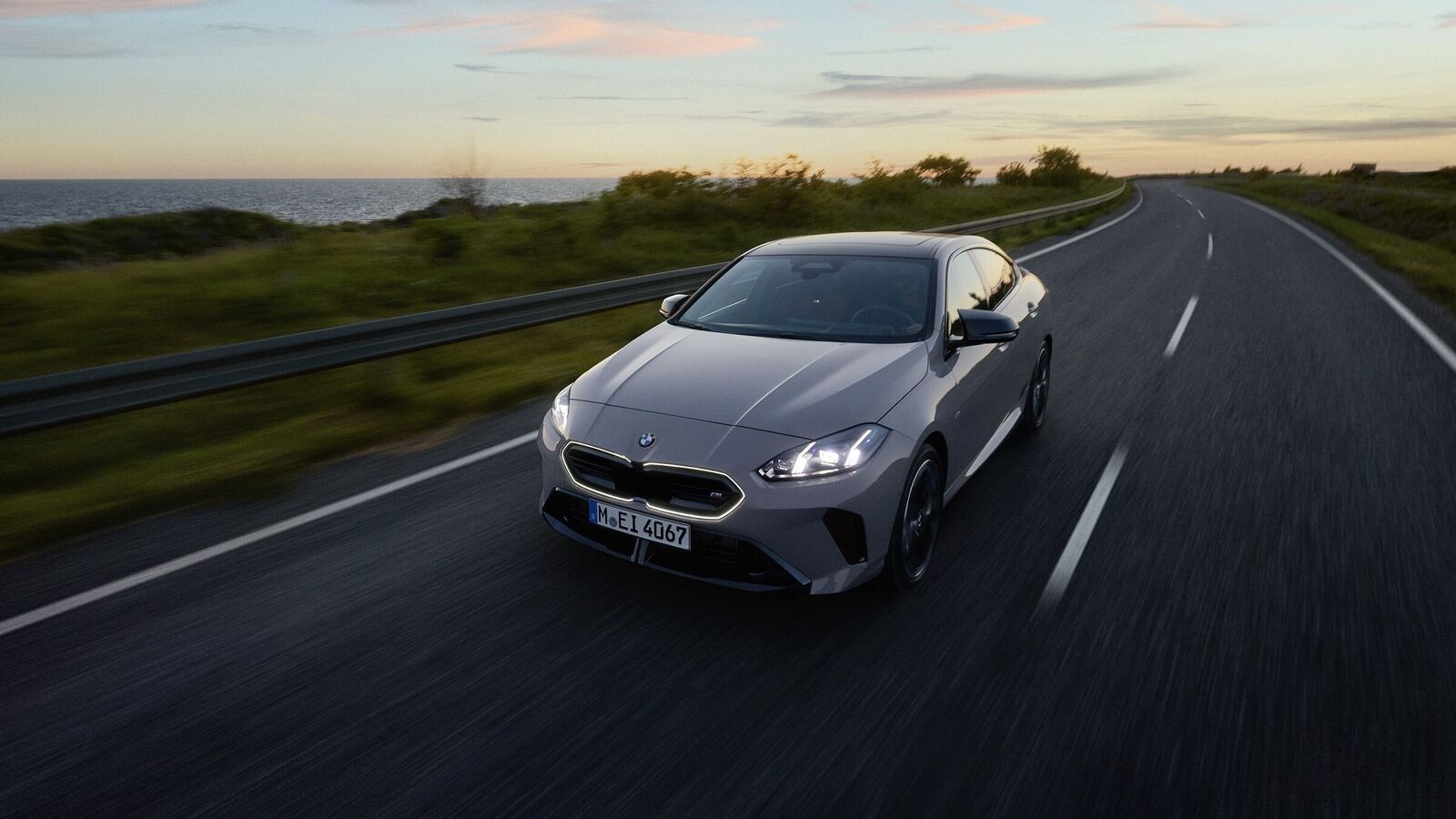India needs to urgently evolve a well-thought-out policy for strategically increasing the penetration of EV charging stations in the country, urged Dr Hanif Qureshi, Additional Secretary of the Ministry of Heavy Industries.
An increase in the charger-to-vehicle density was critical in order to encourage more and more consumers to transition to EVs by alleviating range anxiety, he said at SIAM’s 4th International Conference on Integrating Mission Life in Automobile Industry: Transitioning to Viksit Bharat.
Qureshi also emphasised the importance of strategically placing EV charging stations in EV-dense cities, claiming that indiscriminately installing charging stations across the country in areas with low electric vehicle penetration would be a waste of resources.
The GoI, he said, is currently working to understand the needs of the various players in the charging ecosystem, making charging station establishment a viable business, and determining the cost of EV charging stations concerning the viability of charging point operators. According to Qureshi, the key is to think deeply about how to proceed with the EV charging journey so that investments can be made to increase the charging bandwidth in line with the projections and outcomes of India’s EV success story.
Emphasising the importance of aligning investments in EV charging infrastructure with projected outcomes and quantifiable benefits, Addn Secretary MHI stated, “We are working with the EV ecosystem to make EV charging a profitable business opportunity, which will attract a larger number of charge point operators and charging equipment players to collaborate to lower the cost of EV charging equipment and strengthen the country’s charging networks.”
He pointed out that blindly replicating the charging infrastructure models of the US and Europe may not be feasible for India due to the different industry needs and high numbers of electric two-wheelers and three-wheelers in India.
The new strategy, he added, should accommodate the charging protocols of two-wheelers, three-wheelers, electric trucks and buses as the capacity and voltage of EV batteries vary among the different EV segments.
“We can not have one charger to fit two-wheeler, three-wheeler, or even cars and buses protocols, because they are different, and thus a differentiated charging strategy needs to be developed,” Qureshi stated.
On the charging standards front, he pointed out that India follows the Combined Charging System 2 or CCS 2 charging protocol, but Bureau of Indian Standards has recently announced the arrival of a new charging connector standard for electric two-wheelers and three-wheelers called IS17017, which could emerge as the new common ground for all EV players in the country.
Qureshi also spoke about the wide gap in EV Charger penetration in India as compared to China.
“China has one EV charger for every 9 electric vehicles, whereas India only has one EV charger for close to 135 EVs.” Additional Secretary MHI, noted.




